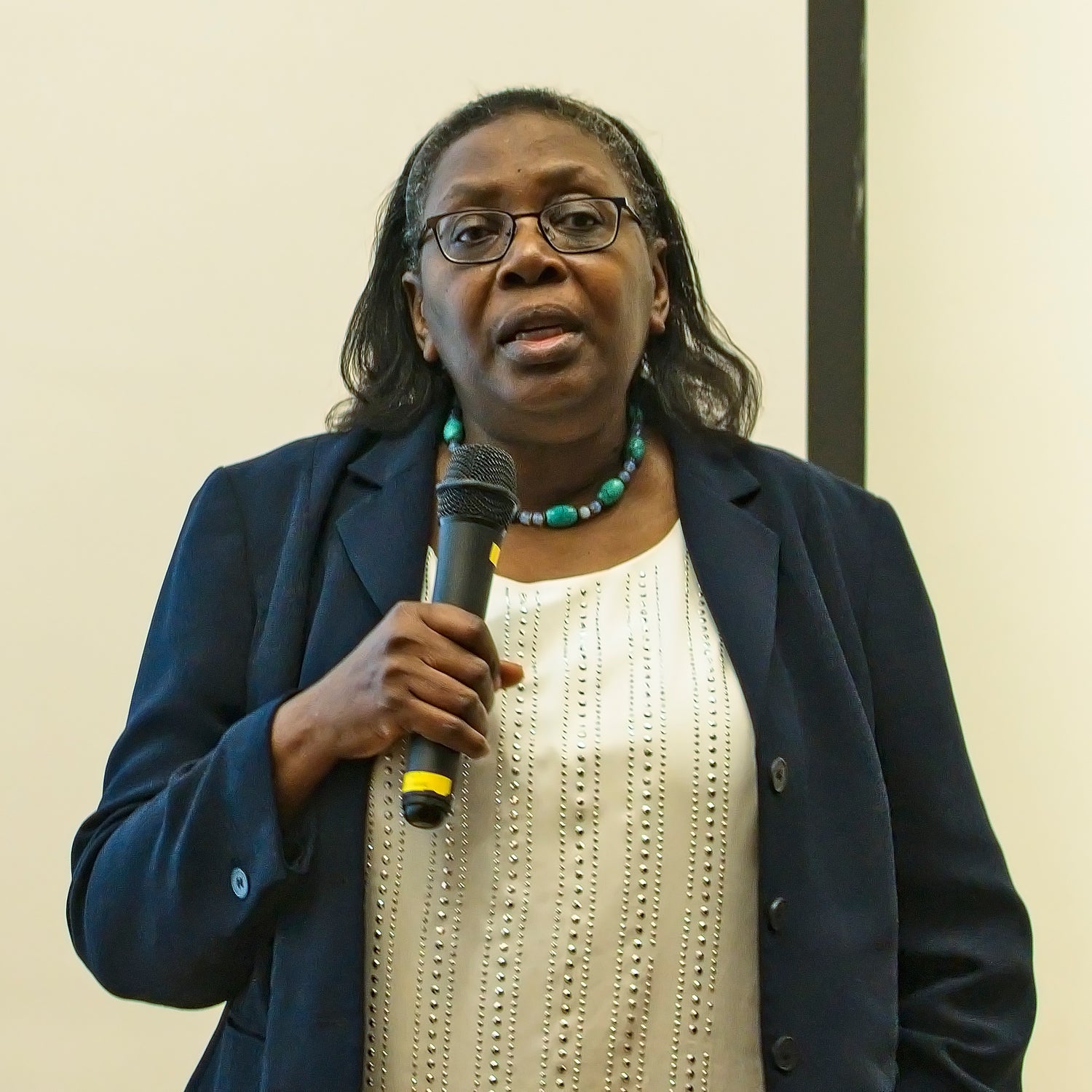Back in the early 1980s, during an undergraduate environmental studies class, Dorceta Taylor asked a question that would whisk her onto a path leading, in recent years, to groundbreaking research on diversity in environmental organizations.
Taylor realized about midway through the course at Northern Illinois University that she was the only nonwhite person in it. She asked her professor why during class one day.
“There are no other black students in the course,” Taylor recalls the professor replying, “because blacks are not interested in the environment.”
Taylor was aghast. Her native Jamaica is a black nation where environmental studies and concerns are embedded in daily life. She thought her professor was an idiot and went to the library to prove it. But after pulling every article she could find about black people and the environment, Taylor was shocked at her findings: They all said the exact same thing her professor had.
“I realized, oh my god, this is a body of thought,” Taylor says. “And for the first time, I had this out-of-body experience that I’m black and not supposed to do environment. And I’m not supposed to be good at it. But I still had this nagging feeling that said, ‘You guys are wrong.’”
Some decades, four advanced degrees from Yale, and four books later, Taylor is the (DEI) at the University of Michigan’s School of Environment and Sustainability. In January, she released a startling report, “.” It builds on her oft-cited research for Green 2.0, an independent advocacy campaign to increase diversity among environmental groups. The big takeaway: Environmental nonprofits only seem to be trying when someone is watching.
The original Green 2.0 report, “” released in 2014, was considered the most thorough study ever of the racial composition of environmental and conservation organizations and federal agencies. The news was resoundingly appalling: 191 environmental nonprofits, 74 government environmental agencies, and 28 leading environmental grant-making foundations were found to be overwhelmingly white—88 percent of staff members and 95 percent of governing boards. The United States is 39 percent nonwhite, according to the latest census figures.
Taylor independently funded and released her latest report so that she could expand beyond the 40 largest environmental groups that Green 2.0 has staked out.
Of 2,057 environmental organizations analyzed in the latest study, Taylor and her team found that only 14.5 percent even report diversity-related data to GuideStar, a leading compiler of information from U.S. nonprofits. Taylor further found that, after a surge in 2014 (which corresponds to the first Green 2.0 report), the percentage of organizations that reported diversity data for staff members fell from 5.8 percent to 2.7 percent in 2016. The percentage of organizations that reported diversity data on the composition of their boards fell from 8.1 to 6.1 percent during the same period.
Taylor and her team sought data on the race, ethnicity, gender, and sexual orientation of board members, as well as full-time, part-time, and senior staff. They also looked into organizational participation in DEI activities and training. The most commonly reported of these metrics was DEI activities, and mostly of the “low-hanging fruit” variety—like placing a diversity statement on the organization’s website, holding cultural celebrations, and expanding recruitment efforts.
Perhaps not surprisingly, the report found that the most likely type of organization to report diversity data were those related to environmental justice.
When she began in this field in the 1980s, Taylor estimates that 2 percent of environmental organizations had staff of color. That’s risen to about 15 percent, but has begun to flatline. “It’s not enough,” Taylor says. “That’s why I will keep putting out reports.”
Taylor’s next major study will delve into the reasons organizations give for the low level of diversity-data reporting. Based on her decades of studying the sector, she speculates a few reasons why environmental organizations might not report. Maybe they object to doing so because they feel diversity has nothing to do with the environment, or they feel it’s no one’s business and they only share internally. Maybe they’re too embarrassed to release data that makes them look bad. Maybe they don’t remember to do it.
She is soon releasing a paper that will address nonwhites’ purported aversion to nature. The recent proliferation of outdoor racial affinity groups, Taylor says, is busting the myth that people of color are not outdoors, a notion she calls “absurd.”
“Blacks and other people of color were doing environment; we were just defining it the wrong way,” Taylor says. “What are you asking on your surveys? Have you gone to Yellowstone? Have you seen a bear? Have you wrestled an elephant? You’re not asking about that jackrabbit that runs around the neighborhood. So that’s not nature as defined by the mainstream. Nature is this other thing that’s removed from our experiences.
“We don’t need permission to go outdoors,” Taylor says. “We’re already doing it.”


